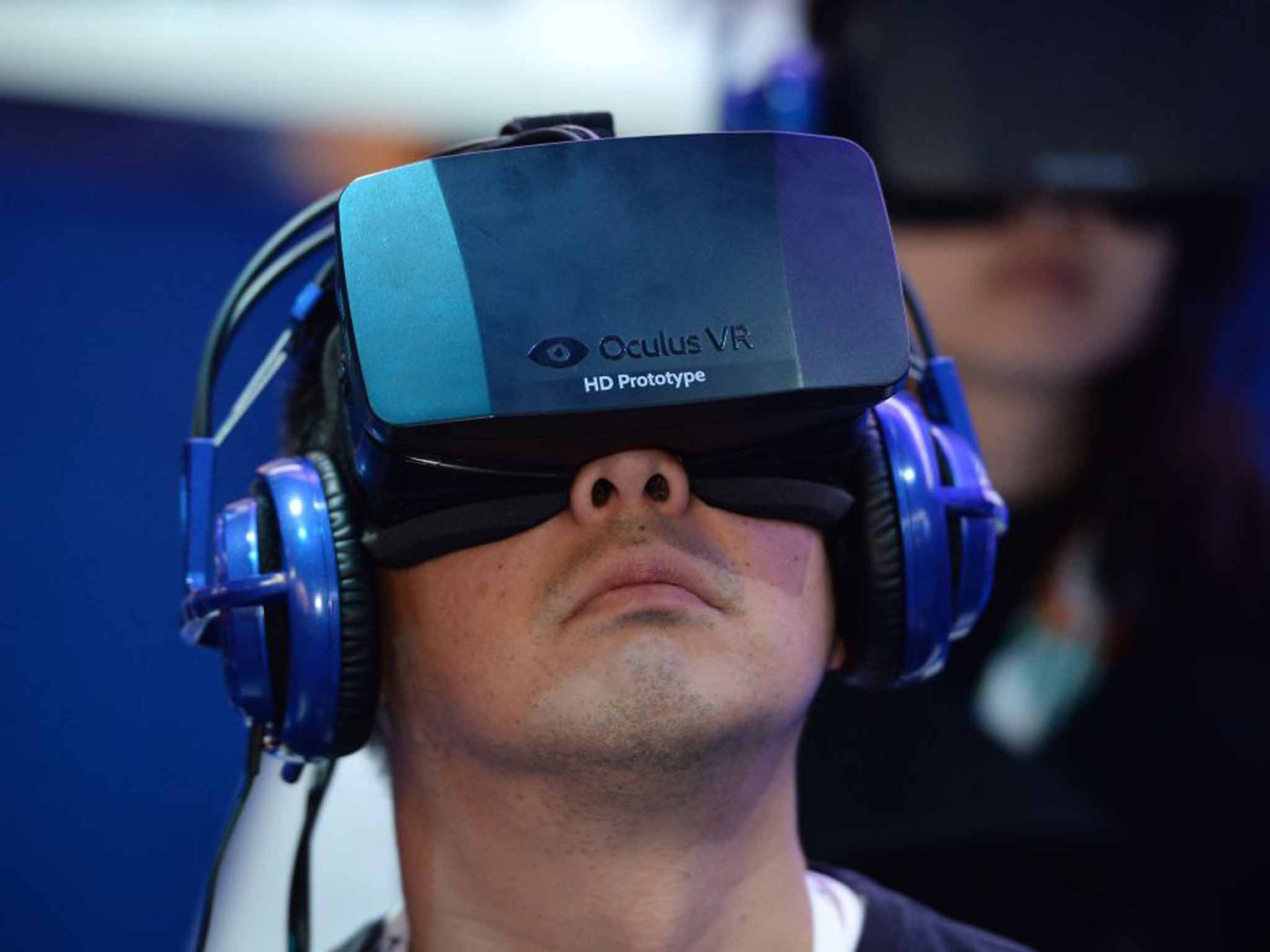How to stop virtual reality sickness: Get a virtual nose
All eyes are on virtual reality going mainstream, but there is one major drawback – nausea. David Whittinghill explains how the solution might be in front of our noses

Virtual reality (VR) equipment has tended to be cumbersome and expensive, all heavy headsets and awkward gloves. Until recently, it's been beyond the reach of the home consumer, but with the appearance of Oculus Rift (since bought by Facebook), Microsoft's HoloLens, and even DIY options such as Google Cardboard, it seems that VR is coming to a living room near you soon.
But there's a bigger problem with VR than just cost: it tends to make users feel ill. Simulator sickness, with its symptoms of dizziness, nausea, sweating and disorientation, is a well-known problem for virtual reality users. However, researchers from Purdue University have struck upon a novel way of combating it that draws on natural methods.
The computer-generated sensory signals that simulate virtual reality manipulate our senses independently. As our usual perceptual experience of the world is multisensory, the difference between what we're seeing and hearing in the VR headset, and information from our other senses, causes confusion.
When we walk around in the real world, the stereoscopic images formed by our eyes change as we move, providing us with clear visual information about where we are going. We also sense the movement of our body directly, largely through the vestibular sense organs that form part of our inner ears. Having multiple senses telling us about where we are going is helpful, as it allows us to track our movements accurately.
In virtual reality, however, these signals become uncoupled. For example, while in the real world you might be slumped on the sofa, in the virtual world you are riding a roller coaster. In which case, while the images projected to your eyes tell you that you're looping the loop, your body knows that it has gone nowhere. These kinds of mixed messages are thought to be the cause of simulator sickness.
In many ways, it is the flip-side of sea-sickness – if you're below decks on a boat rocked by the waves, your body feels the movement but your eyes tell you that you're motionless. A well-known remedy is to get out on deck and look at the horizon. This provides a stable reference, bringing your vestibular and visual senses back into agreement. The answer from a team at Purdue's department of computer graphics technology, where I am an assistant professor, draws from this idea of a point of reference.
Their elegant solution involves simply adding a virtual nose to the scene: it is clearly visible in the bottom right of the left eye's field of view, and the bottom left of the right eye's field of view – imitating an experience with which we're all familiar. Test subjects were able to use their applications, which included walking round a virtual Tuscan villa, and another in which they rode a virtual roller coaster, for considerably longer when the nose was visible.
Exactly how this works, biologically speaking is not clear, but it seems likely that the nose, by providing a clear visual reference that moves with the point of view of the observer in the scene, gives a better impression of your motion in the virtual world.
The researchers' long-term goal is a complete model of simulator sickness, that will allow them to predict the degree of sickness that might be expected from a given application. For now, though, they have provided us with a potentially very easy way to reduce the symptoms and increase the usability of virtual reality systems. And the take-home message is clear – for a painless virtual experience, just follow your nose.
Join our commenting forum
Join thought-provoking conversations, follow other Independent readers and see their replies
Comments
Bookmark popover
Removed from bookmarks